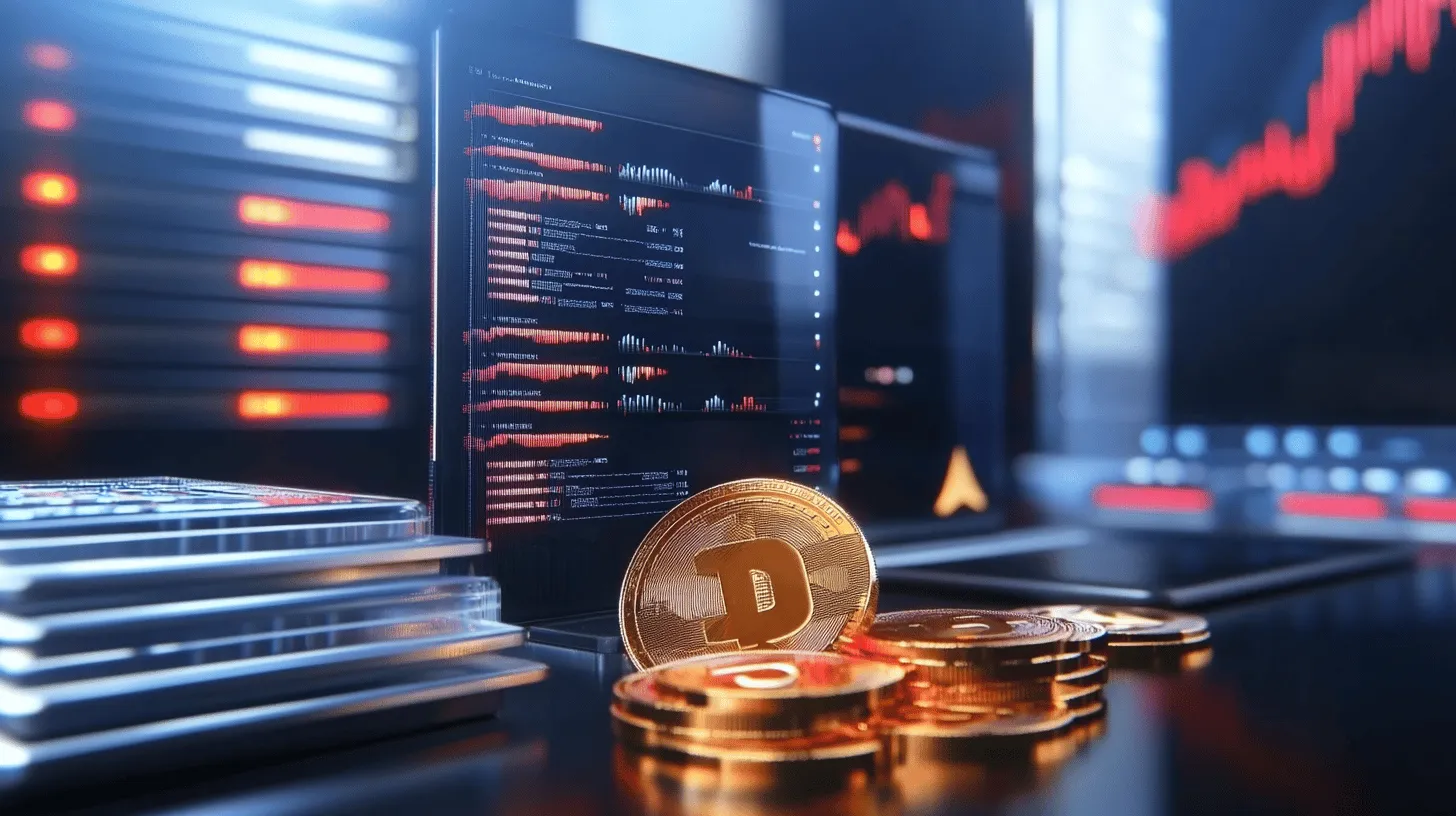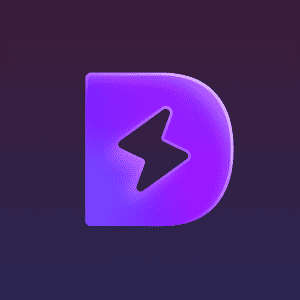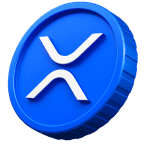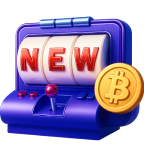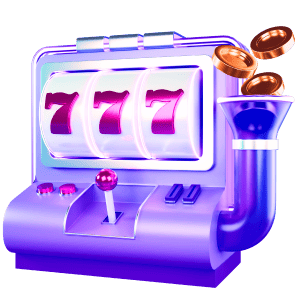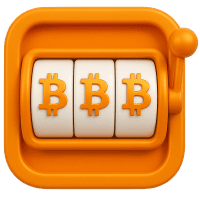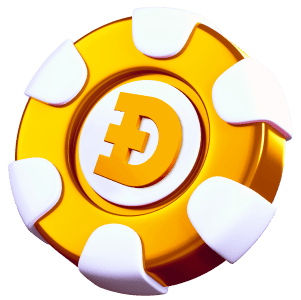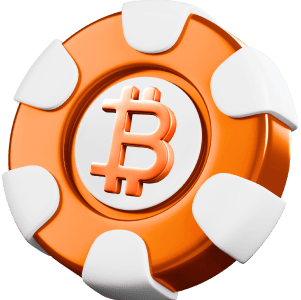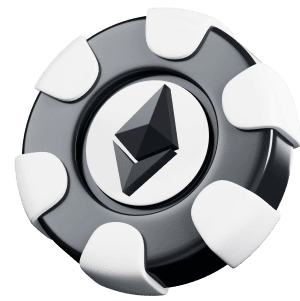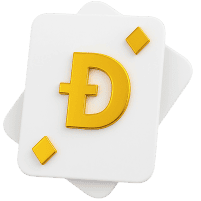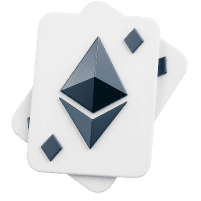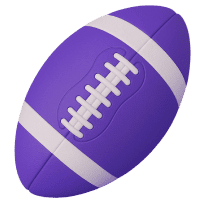The Real World Assets (RWA) segment is becoming one of the key trends in the evolution of decentralised finance. This term describes the market for physical assets represented as blockchain-based tokens. RWA includes so-called ‘tokenised assets’ – these are real tangible (real estate, property, precious metals) and intangible (stocks, bonds, carbon emission quotas) values digitised through the issuance of tokens. The value of such tokens is directly related to the value of the underlying asset they represent.
RWA is one of the promising trends in the blockchain industry, according to coingecko.com, the market capitalisation of such tokens as of February 2025 is $37.5 billion. More than 30 different platforms provide the infrastructure for the implementation of RWA technology. RWAs have become the top trend in the crypto world in 2024 and will continue to stay on top in 2025. How tokenised assets work, what is tokenisation, what to pay attention to when investing in them, we will discuss in detail in this article.
RWA: what they are and what they are like
Real world asset tokenisation is a category of cryptocurrency tokens representing physical assets, including bonds, real estate, raw materials and equipment. Unlike traditional cryptocurrencies, RWAs represent the value of real objects that are recognised and accepted around the world, making them meaningful elements of the international financial system.
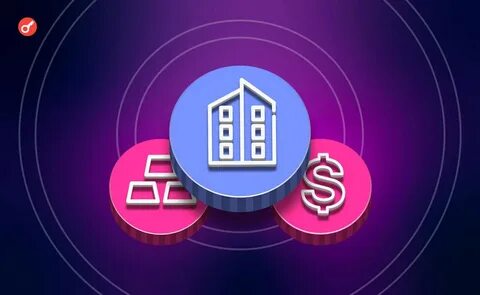
The integration of RWAs into blockchain and decentralised finance (DeFi) represents a revolutionary step. Through the tokenisation process, real assets are transformed into digital tokens that can be securely traded, transferred or exchanged on online platforms. Tokenisation empowers the market by increasing the liquidity, availability and transparency of transactions involving these assets.
The asset tokenisation industry itself is not new, with stablecoins being the pioneers in it, meaning real-collateralised stablecoins, such as USDT and USDC, rather than algorithmic stablecoins. USDT was launched in 2014, so the RWA sector is already more than 10 years old, although it seems like a fresh trend. However, in this article we won’t be talking about stablecoins, but will focus on other types of real assets:
- precious metals;
- property and land;
- equities;
- bonds (government and corporate);
- commodities – oil, diamonds, agricultural products, etc.;
- carbon credits;
- income from all of the above assets;
- ETFs and other traded derivatives;
- private credit instruments – e.g. loans;
- intellectual property;
- works of art, etc.
It is the tokenisation of real world assets that has been the catalyst for the growth of this trend in 2024, which will continue in the coming years. This is due to the overall increased interest in cryptoassets and RWAs in particular.
How RWAs work
Real world assets crypto allows you to trade real world assets using the digital copy. This expands your ability to sell and buy assets as new markets emerge and the number of possible buyers who have given up on using traditional investment methods increases.
The mechanism of tokenizing real world assets is the process of digitising real world assets through the use of blockchain technology. Tokenization, where real world assets are digitized through the issuance of tokens on the blockchain. The RWA tokenisation process itself boils down to a step-by-step execution of the following steps.
Identification and valuation of the asset
First, a real asset is selected with which the tokenisation of RWA will be carried out. It can be real estate, stocks, gold, bonds or even intellectual property rights. The asset undergoes a valuation to determine its market value.
Creation of a smart contract
To tokenize an asset, a smart contract is developed – a special code on the blockchain that defines the rules for owning, transferring and managing the token. The smart contract fixes the terms, rights and obligations of the parties to the transaction. The smart contract is needed for the tokenised asset itself (ERC-20, ERC-721, ERC-1155), for the pools where the funds will be received and for the utility token of the protocol, which will be traded on the exchange.
Issuance of the token
Based on a smart contract, a token representing a fraction or the entire value of a physical asset is issued. Each token has a unique identifier and is tied to a specific asset. For example, a single token can represent a square metre of real estate or a certain amount of bond debt. Buyers can buy one token or several tokens. One crypto real world asset can have dozens of owners, it all depends on the number of tokens issued.
Storage and management of the asset
The physical asset remains in the custody or management of a specialised company that ensures its safety and compliance with the terms of the contract. In some cases, this may be a depository or management company.
Trading and transfer of tokens
RWA DeFi tokens can be freely traded on crypto exchanges or decentralised platforms (DEX). Token holders have the right to dispose of tokens like any other digital asset: sell, buy, transfer or use them as collateral.
Transparency and security
All transactions with RWA real world assets are recorded on the blockchain, ensuring transparency and immutability of data. The blockchain also guarantees the security of transactions through encryption and distributed architecture.
Distribution of income and dividends
If a tokenised asset generates income (e.g. property rentals or bond interest), these revenues are distributed to token holders according to smart contract rules.
RWA is an innovative solution that combines traditional financial instruments with blockchain capabilities. This approach greatly simplifies access to real asset investments, improves liquidity and enhances the efficiency of financial transactions.
Benefits of RWAs
If you are concerned about the question, why invest in real assets, then it is necessary to get acquainted with the advantages that the investor and the market get from this new direction in the crypto industry. Next we will tell you about RWA meaning crypto.
From the investor’s point of view
Benefits from real world assets DeFi for investors:
- New sources of income. Web3-investors get the opportunity to earn money on real estate rent, growth in the value of shares and other tokenised assets. The main purpose of buying such assets is to generate income, not long-term ownership.
- Easy access to investments. You can buy a share in a property for as little as $100, trade stocks without a broker, get access to assets that are not traded in your country of residence, and much more.
- Minimising costs. Investors only need to pay the blockchain and platform fees, which is often less than $5.
- Transparency. With smart contracts, all real asset transactions on the blockchain are tracked and transparent. This increases the overall level of trust in the asset itself and the investment in it.
- Liquidity when selling. For example, an NFT, symbolising an ownership stake in a property, can be listed for sale on a marketplace in literally minutes, whereas a traditional sale of a share of a flat takes months.
These are five of the most popular pros that stand out to express when RWA explained.
From a marketplace perspective
Not only investors benefit from the popularity of tokenised assets, but also the market itself. Let’s highlight the main benefits for the cryptocurrency market:
- More confidence in the crypto market. The growing share of real-collateralised assets builds confidence in the cryptocurrency market.
- Inflow of liquidity and lower costs. The arrival of investors from the cryptosphere helps to reduce costs in traditional markets and increase their liquidity.
- Globalisation of point markets. Assets that were previously only available on localised exchanges or had no trading capability at all are now becoming available to investors around the world.
- Growth in capitalisation. As real assets become more liquid, they will be bought by those who most appreciate their potential, which will increase their market value.
Now you know not only what real world assets are, but also how they are changing the landscape of conventional investments.
Examples of major projects
The total value of all assets in the world is constantly growing, which opens up great prospects for the use of RWAs. This industry has been growing for more than 10 years since the release of the first USDT stablecoin. Over time, crypto projects began tokenising not only the currency, but also other assets. Often real estate is associated with RWA, but this is not the only direction. Let’s tell you about the major projects working with tokenisation of world assets value.
Ondo Finance
The Ondo Finance platform offers users access to tokenised versions of US Treasury bonds. The bonds are held by partner funds and custodial services that co-operate with the platform. Buying such tokens gives users an OUSD token that functions on the Ethereum blockchain. However, this service is only available to qualified investors.
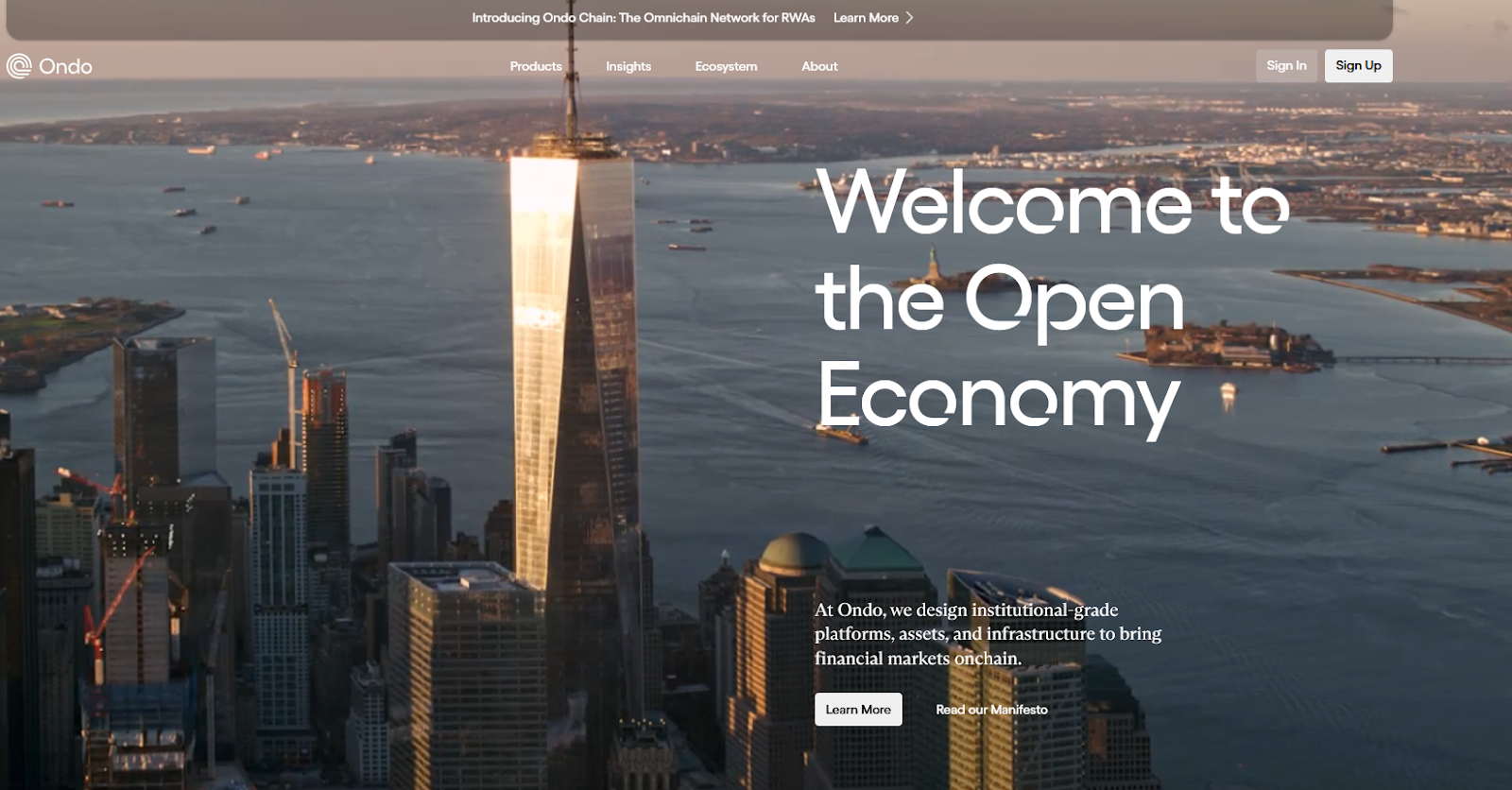
For regular users of the platform, tokenised dollar deposits are offered in the USDY token format, on which interest is accrued. The native token of the ONDO project is actively traded on most major cryptocurrency exchanges along with other crypto-assets.
Centrifuge
The authors of the project have created their own blockchain network where tokenised versions of real assets can be issued in the form of non-fungible tokens (NFTs). This is useful for tokenising documents, certificates or real estate.
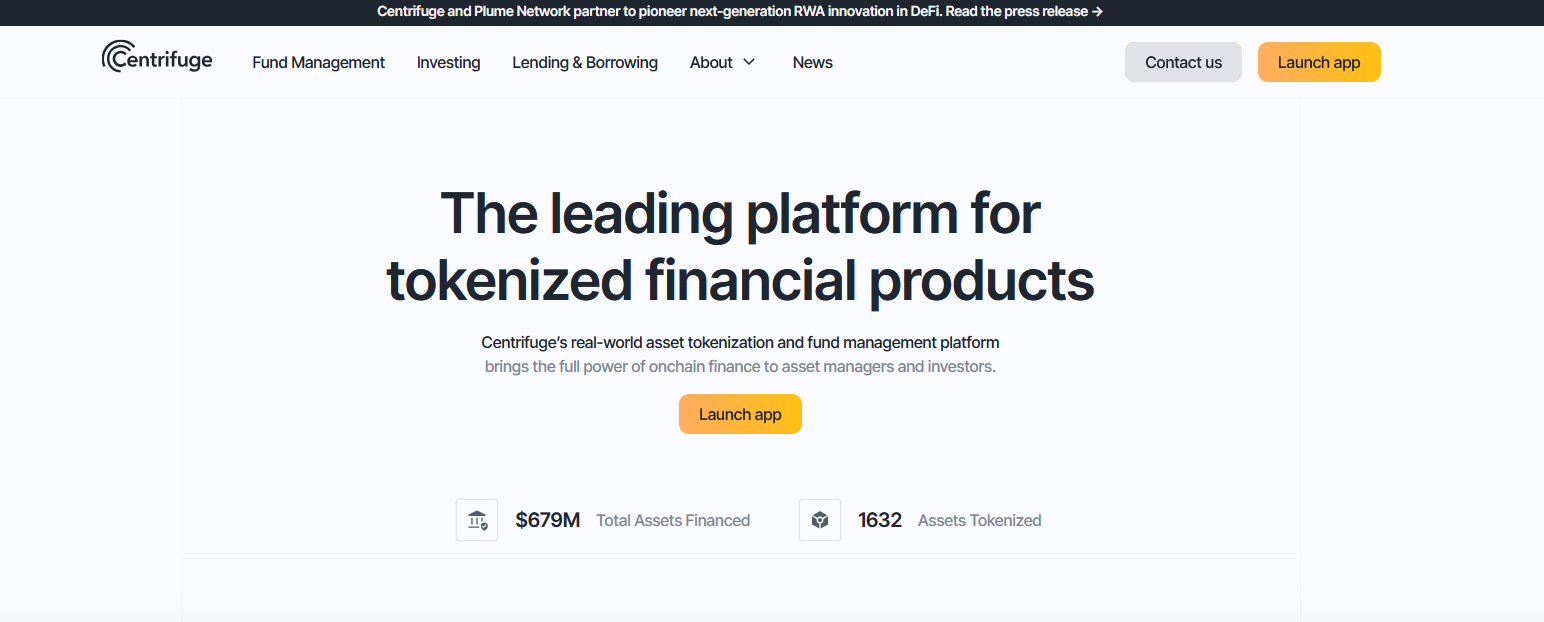
Special bridges and oracles allow the Centrifuge network to interact with other networks and receive liquidity from them. Assets issued in Centrifuge can, for example, be used as collateral in DeFi services such as Aave.
The project has its own token. CFG is presented in open trade. It can be bought on decentralised exchanges. At the time of the review’s release, the token’s market capitalisation is $95 million.
Parcl
The Parcl platform allows investing in tokenised shares of real estate properties. Parcl creates proprietary indices that track the dynamics of property markets in different regions, such as individual US cities. These indices are represented as synthetic assets, which are traded similarly to the principles of decentralised trading platforms, where liquidity is provided by the users themselves. Up-to-date data on the state of property markets is provided by the Pyth blockchain oracle.
The native token of the PRCL project has a relatively low capitalisation, but is already listed on major cryptocurrency exchanges such as OKX and Bitget. As of February 2025, the total capitalisation is $30 million.
Other projects
A few more interesting projects in the real asset tokenisation space:
- Tangible ($TNGBL). The platform offers a USDR stablecoin backed by real estate. Proceeds from the real estate are distributed to USDR holders. Tokenised assets available include real estate, wine, watches and gold bars.
- Lofty. Provides an opportunity to invest in fractionalised residential real estate in the US with returns of up to 15%. Property owners can list their assets for sale in the form of tokens.
- Pax Gold ($PAXG). Each PAXG token is backed by physical gold at a 1:1 ratio and is stored in the LBMA’s secure vaults in London. Holders can theoretically exchange tokens for physical gold, although in practice this is unlikely.
- Toucan Protocol ($BCT). Allows projects with excess carbon credits to sell them on the blockchain, raising additional capital.
These projects demonstrate the diversity of approaches to integrating real assets into the world of cryptocurrencies and decentralised finance.
The main challenges of the RWA sector
Investing in tokenised assets looks like a promising direction, but you need to know what problems you can face when investing in this sector of the crypto market. Below are the main challenges that tokenised assets have.
Regulation
As of early 2025, only a few jurisdictions have developed clear rules to regulate the RWA industry. Countries with clear rules include Switzerland, Hong Kong, Singapore and several others. It is worth forgetting about universality. For each asset, even within the same jurisdiction there may be very different requirements. If you decide to invest in RWAs, make sure you study the industry’s regulatory rules.
Basically, tokenised assets are classified as securitised tokens and are subject to regulations similar to those that apply to securities. Accordingly, startups need to obtain the necessary licences and follow various restrictions that determine to whom they can provide their services.
Protecting investors is the primary goal of clear regulation. However, even with regulation in place in the country where the project is based, there are still many unregulated private cases. Let’s look at the example of token ownership in a large business centre. Here are the complications that may arise:
- The owner has sold the building and the new owner does not want to know about any RWA token holders;
- a startup that sold tokens has violated the law and now faces a large fine with the risk of bankruptcy;
- the territory where you live is under international sanctions and the startup can no longer provide services there.
In all these cases, you as an investor are likely to lose money. There are still no clear mechanisms to regulate this industry, especially if the facility itself and the token holder are located in different regions.
Transparency
Smart contracts guarantee honesty and security, but only of the data and algorithm that is prescribed in the network. However, the blockchain knows nothing about the events and transactions that take place off-chain. A smart contract cannot know if a startup actually owns the underlying asset it sells tokens against, or what state that asset is in.
This problem requires a robust network of oracles and external auditing. Here we can also mention quality government regulation to minimise fraud risks.
Low liquidity when selling
It is technically easier to sell a real asset on blockchain than in a traditional market, but the main thing is that there are buyers. The RWA market is still in its infancy, so finding a buyer who will offer a favourable price can be a challenge. This does not apply to standard assets such as stocks, bonds and gold, which are always in high demand.
It is important to assess the prospects for RWA going forward. Will there be an increase in the value of the asset and how much it may be in demand.
Conclusion
We have told you what is RWA in crypto and what are the prospects for this direction of the cryptocurrency market. Many well-known large companies such as BlackRock are interested in RWA technology. According to their estimates, in the next 5 years the volume of RWA will exceed $6 trillion.
Tokenisation of real assets opens new horizons for investors and allows them to integrate traditional assets into the blockchain economy. This creates new opportunities to diversify portfolios, increase liquidity and simplify transactions. However, for mass adoption of tokenisation, several key challenges need to be addressed, including regulation, liquidity and security.
Answers to common questions
What is asset tokenisation?
Asset tokenisation is the process of converting rights to physical or intangible assets (such as real estate, stocks, bonds) into digital tokens that exist on the blockchain. These tokens represent a share of the entire asset and can be freely transferred, sold or used as collateral.
How does tokenisation work?
The process of tokenisation involves the following steps: valuation and identification of the asset, creation of a smart contract, issuance of tokens, management of the asset, trading and transfer of tokens.
What types of assets can be tokenised?
Any real assets can be tokenised, including commercial and residential real estate, oil, gold, precious stones and other raw materials, stocks, bonds, intellectual property, and works of art.
What are the prospects for asset tokenisation?
Tokenisation promises to significantly improve the liquidity, transparency and availability of assets, creating new opportunities for investors and markets.


